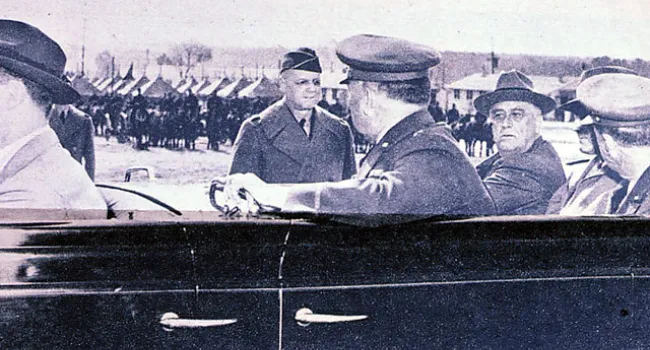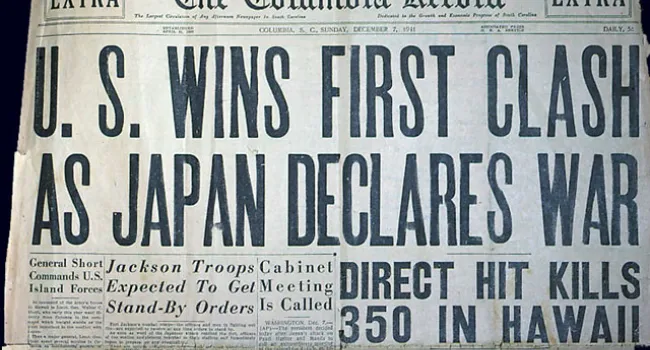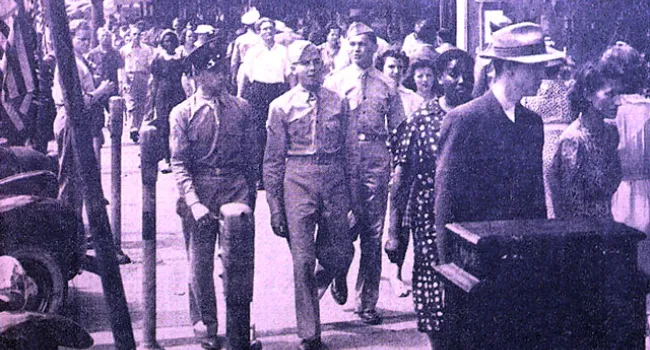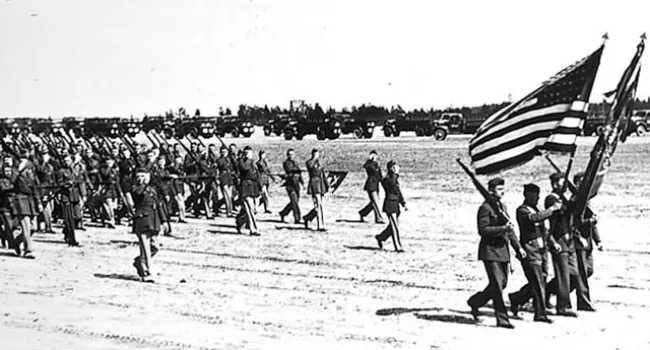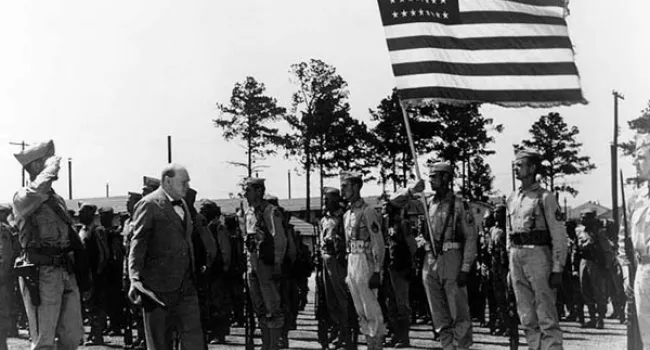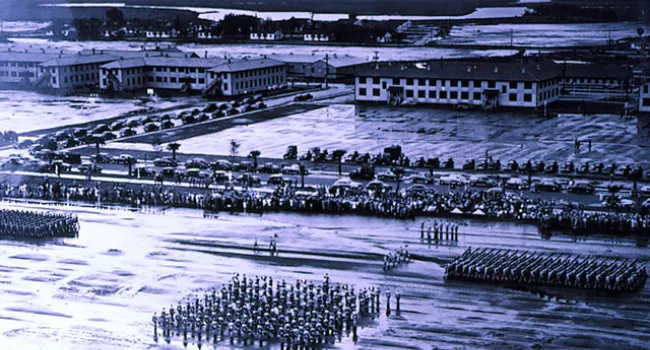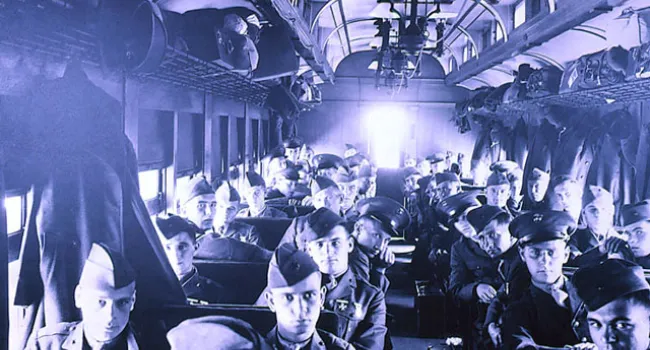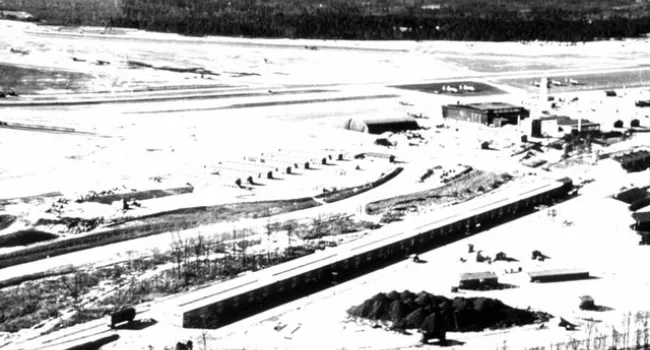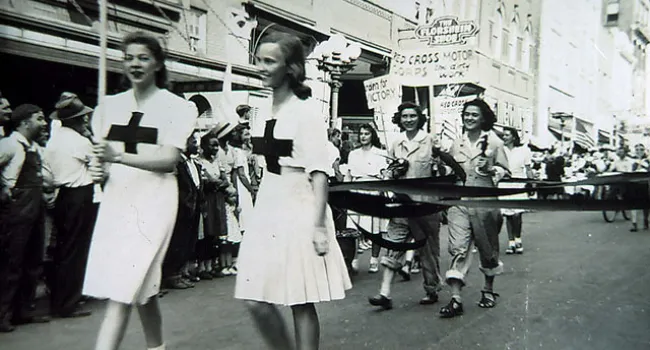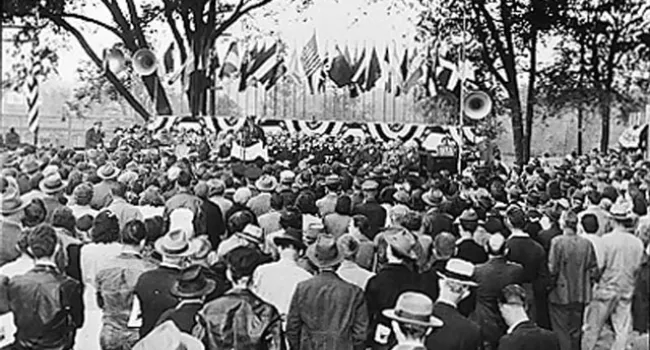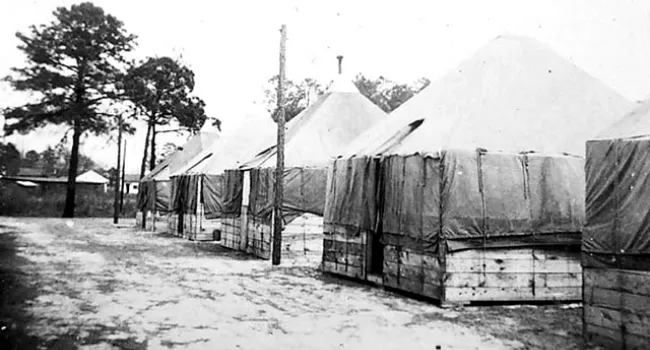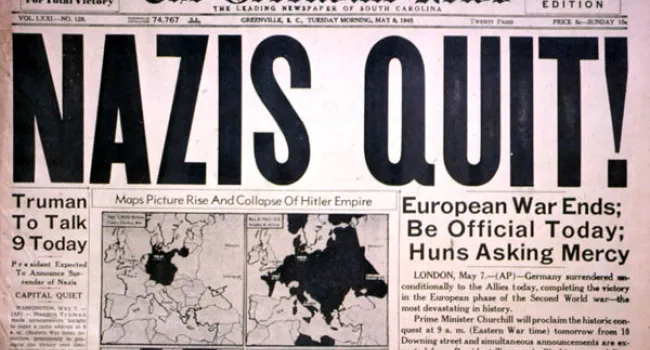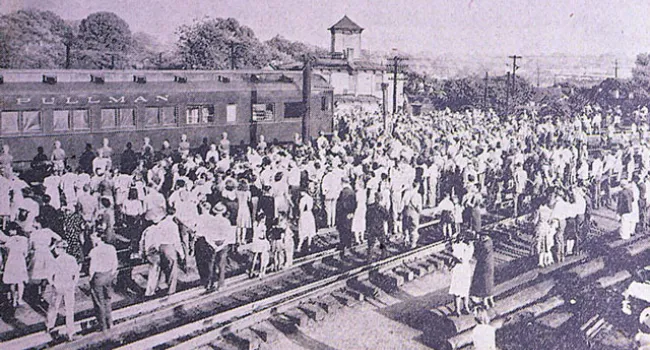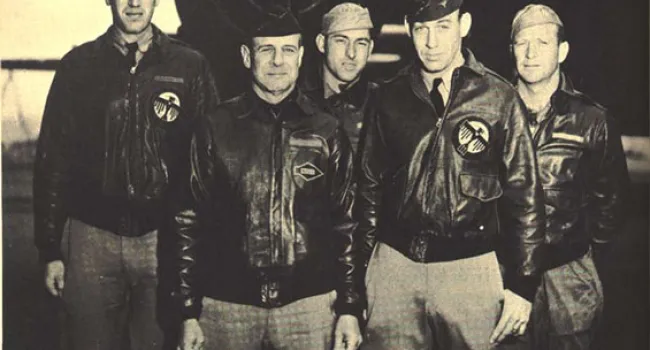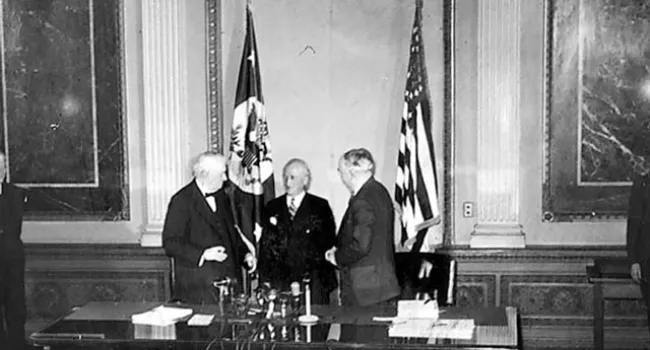
The end of the Second World War came with the surrender of Japan on VJ Day, August 14, 1945. South Carolinians celebrated the victory with dancing in the streets of Charleston and with great joy. They did not yet understand the many implications that the dropping of atomic bombs on Hiroshima and Nagasaki--that had hastened the victory they celebrated--would have on the future.
Courtesy of the South Caroliniana Library.
Standards
- 5.3 Demonstrate an understanding of the economic, political, and social effects of World War II, the Holocaust, and their aftermath (i.e., 1930–1950) on the United States and South Carolina.
- 8.5.CO Compare South Carolina and U.S. wartime contributions and demobilization after World War II.
- USHC.4.CC Examine the continuity and changes on the U.S. homefront surrounding World War I and World War II.
